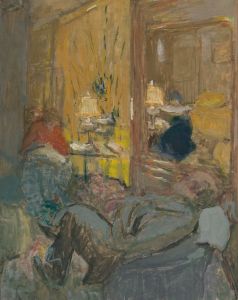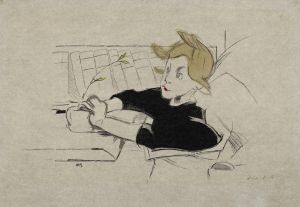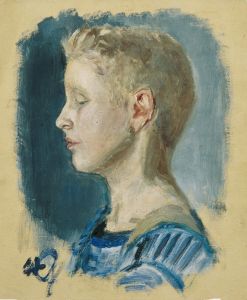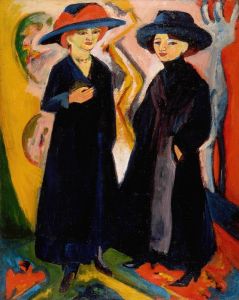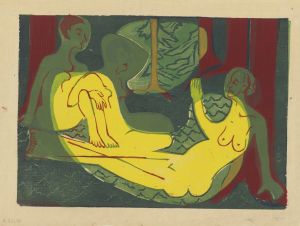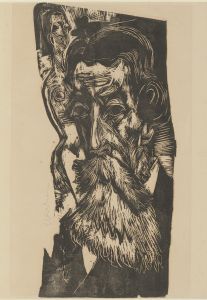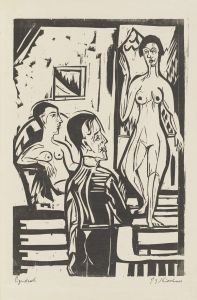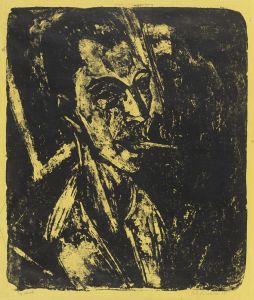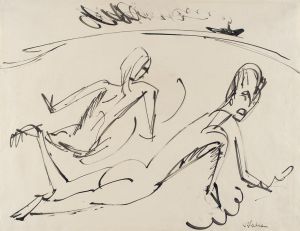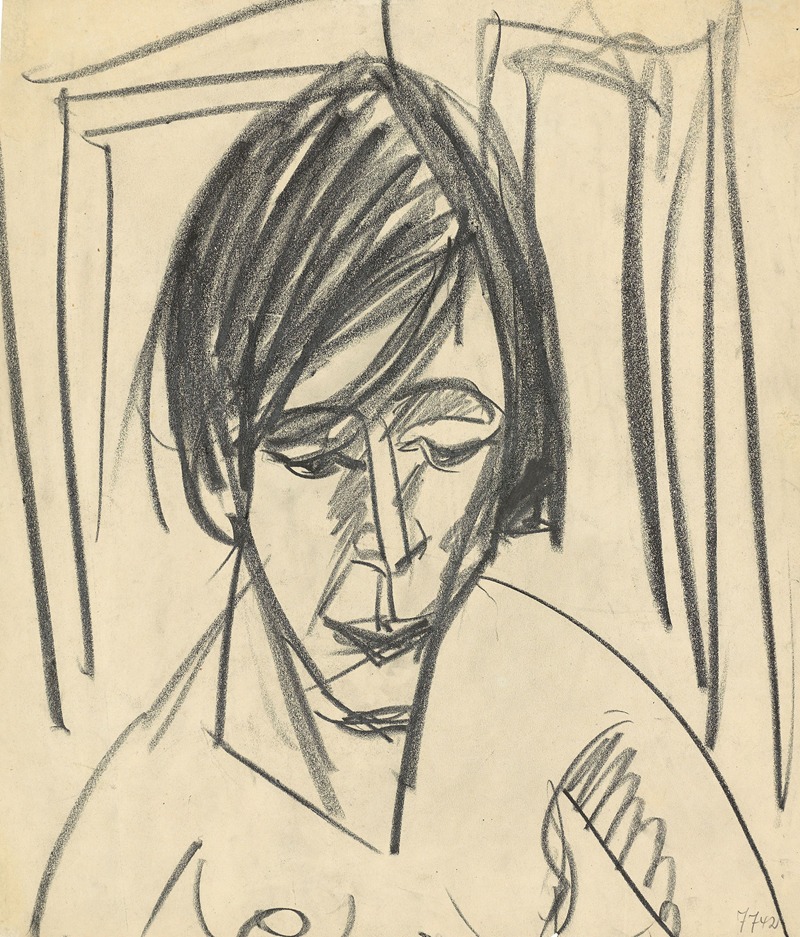
Frauenportrait
A hand-painted replica of Ernst Ludwig Kirchner’s masterpiece Frauenportrait, meticulously crafted by professional artists to capture the true essence of the original. Each piece is created with museum-quality canvas and rare mineral pigments, carefully painted by experienced artists with delicate brushstrokes and rich, layered colors to perfectly recreate the texture of the original artwork. Unlike machine-printed reproductions, this hand-painted version brings the painting to life, infused with the artist’s emotions and skill in every stroke. Whether for personal collection or home decoration, it instantly elevates the artistic atmosphere of any space.
Ernst Ludwig Kirchner, a prominent German expressionist painter and one of the founding members of the art movement Die Brücke (The Bridge), created numerous works that explored themes of modernity, emotion, and the human figure. Among his extensive body of work is Frauenportrait (translated as "Portrait of a Woman"), a painting that reflects his distinctive style characterized by bold colors, dynamic brushstrokes, and an emphasis on emotional intensity.
Kirchner's artistic approach was heavily influenced by the cultural and social changes of the early 20th century, as well as by his interest in non-Western art forms, such as African and Oceanic art. These influences are evident in his use of simplified forms and expressive distortions, which aimed to convey the inner essence of his subjects rather than their external appearances.
Frauenportrait exemplifies Kirchner's focus on the human figure, particularly women, who were a recurring subject in his work. His portraits often depicted women in a variety of roles, from urban modernity to intimate, personal portrayals. The painting showcases Kirchner's ability to capture the psychological depth of his subjects, using vibrant, contrasting colors and angular forms to evoke a sense of immediacy and emotional resonance.
The exact date of creation for Frauenportrait is not definitively documented, but it is consistent with Kirchner's mature period, during which he developed his signature expressionist style. This period was marked by his relocation to Berlin in 1911, where he was deeply inspired by the energy and dynamism of the city. However, Kirchner's later years were overshadowed by personal struggles, including health issues and the rise of the Nazi regime, which labeled his work as "degenerate art" and confiscated many of his pieces.
Today, Frauenportrait is recognized as an important example of Kirchner's contribution to modern art and the expressionist movement. The painting is housed in a private collection or museum, though specific details about its current location or provenance may not be widely available. Kirchner's works, including Frauenportrait, continue to be celebrated for their innovative approach to form and color, as well as their ability to capture the complexities of human emotion and experience.





